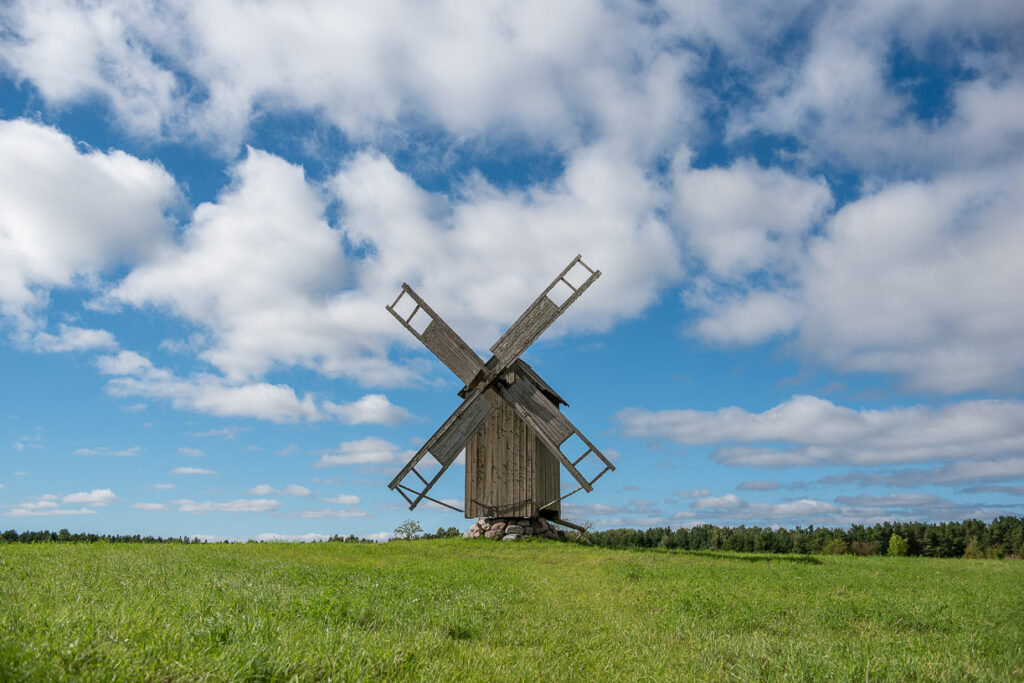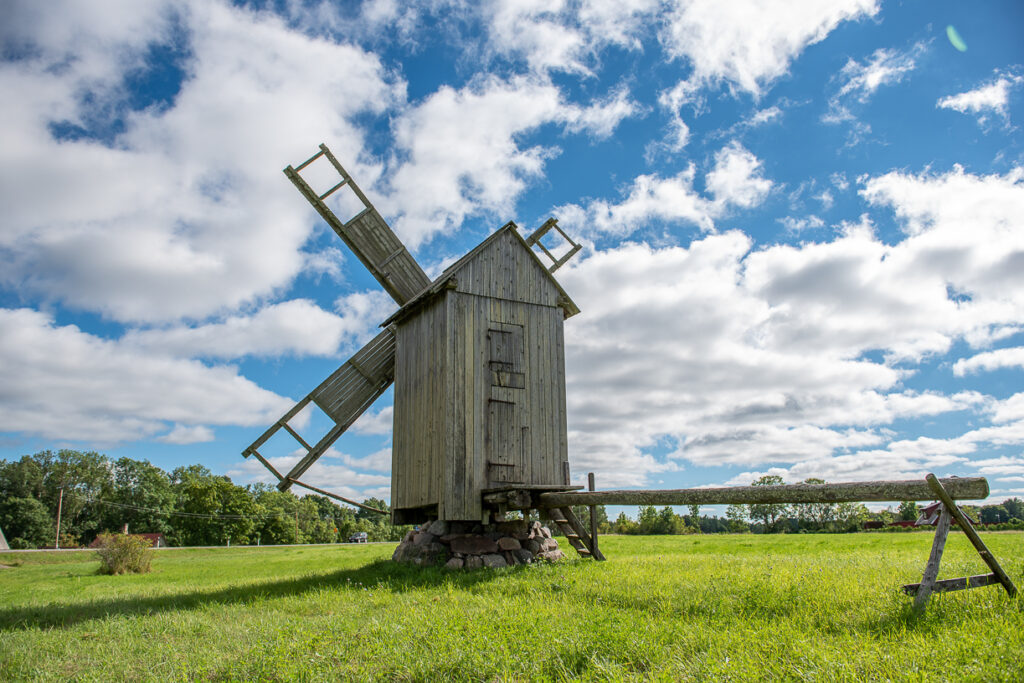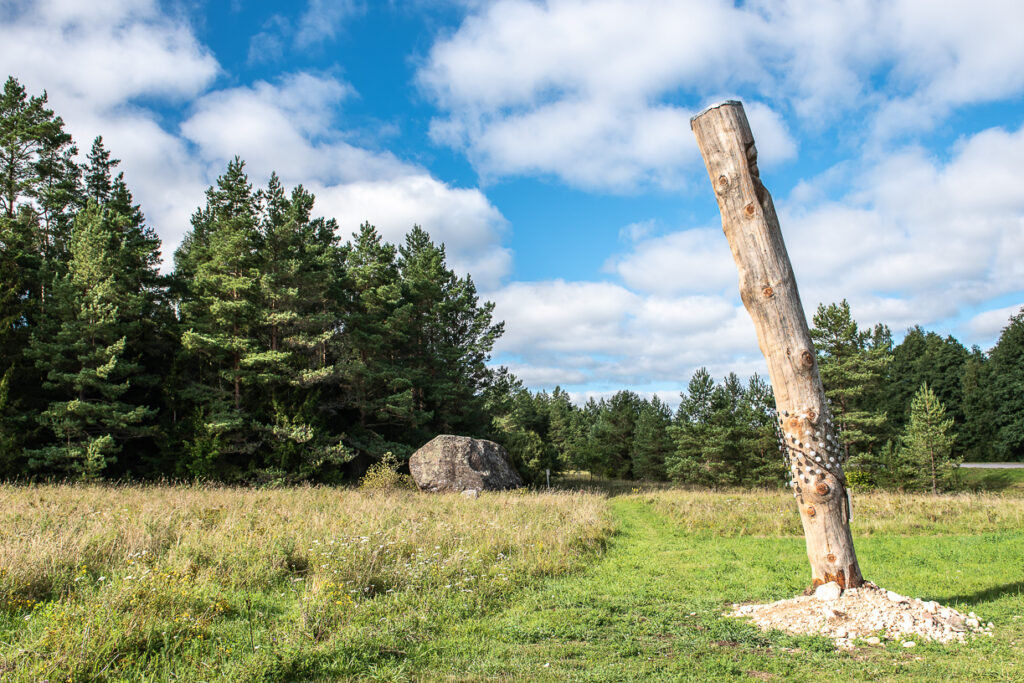Tubala village

The village, which currently has about 70 inhabitants, is spread over an area of approx. 24 km². The nature of the area is diversified by the fact that it is located on the edge of the Kärdla meteorite crater. This was a suitable spot for a settlement to emerge already two or three thousand years ago, which is proven by incidental findings in the form of boat-shaped stone axes from the area. The earliest written record, with the spelling Twbbesälke, dates from the year 1564. Soon, the name Tubaselja was taken into use; and only in the 20th century, it was replaced by Tubala. The location of the village in the proximity of the fast-growing Kärdla increased the number of its inhabitants as well as their self-esteem. Perhaps the latter got an additional boost from the legend of an important stake that is in Tubala and that is said to keep the Hiiumaa island anchored to the sea bottom. Anyhow, people living elsewhere started to call the Tubala residents “true Hiiumaa natives”. The sixth-largest boulder of Hiiumaa, which is located near the road, and two beautiful windmills naturally attract the attention of travellers. The windmill that stands farther from the road and has been carefully restored is the Allika or Tubala windmill, built in 1886; the other one, Tõnise windmill, is a bit younger, dating from 1903. An interesting fact is that in the 1960s, there was an enterprise specialising in impregnating electricity poles in Tubala village. Another notable fact is that it was in Tubala where the anagama kiln, which is of great interest to the potters, was built in 2013. Katri Guesthouse, which has been in operation for decades, is in Tubala village; and in its proximity, Hautselja farm boasts a lavender field, which is the biggest in Estonia and one of the northern- most in the whole world.
Gallery
It is a waypoint on the journey
Sorry, this object is not part of any journeys
You might also be interested in:



